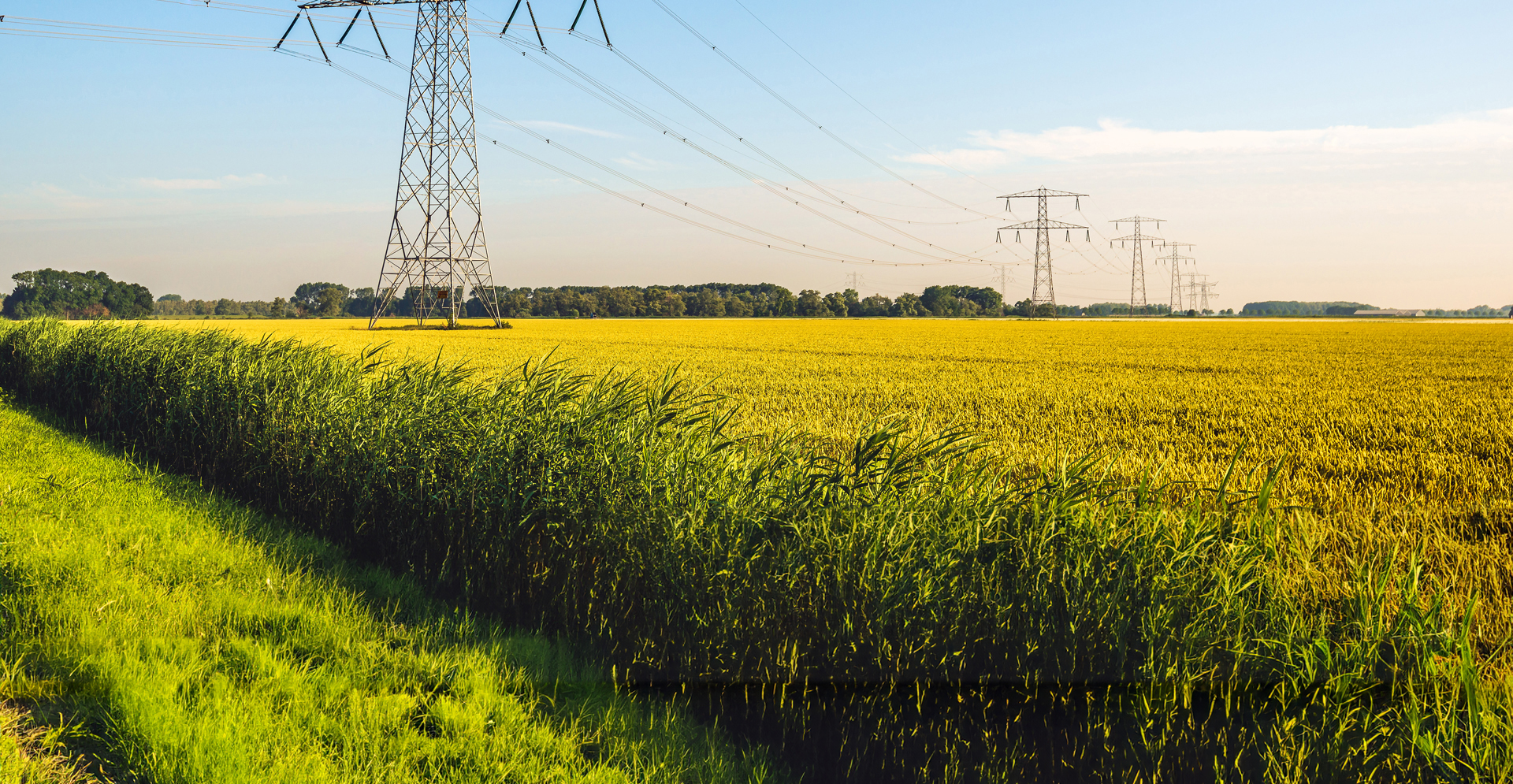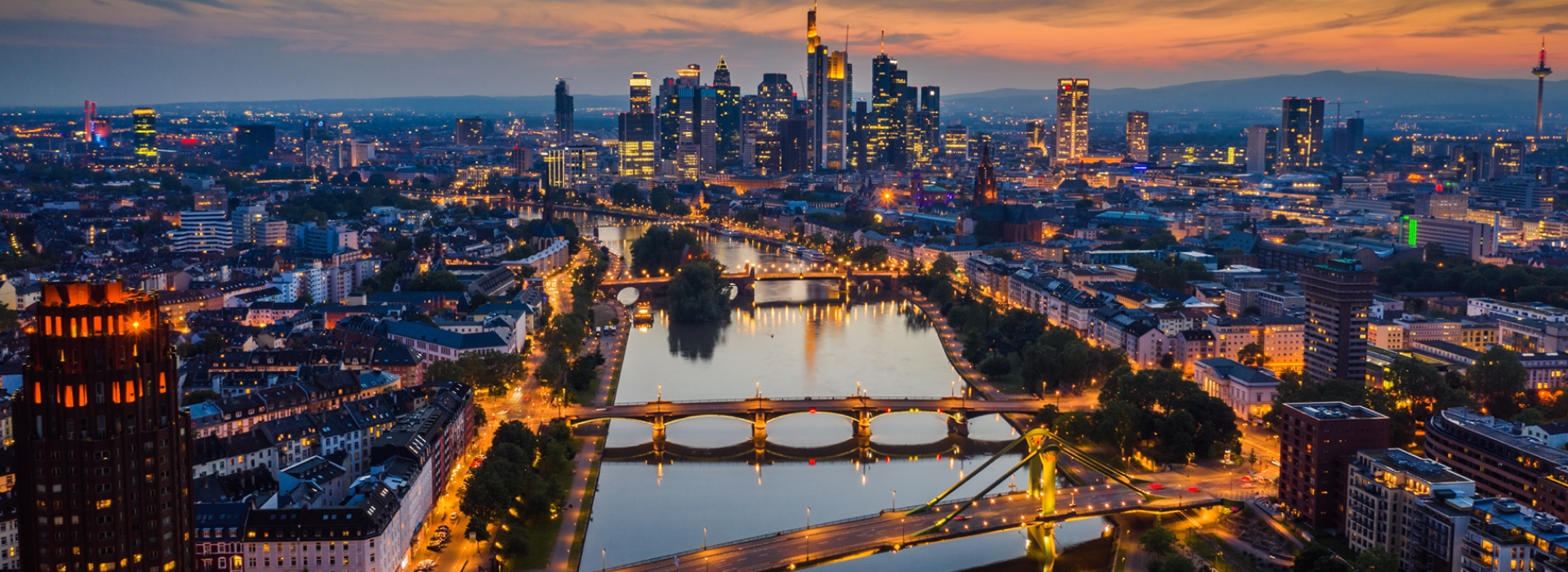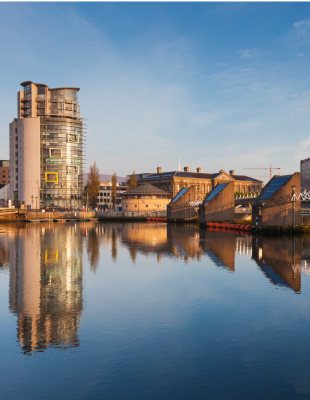Table of Contents
The challenge
Delivering renewable wind energy from northern Germany to meet the growing power needs of the Rhein-Main region.
>600 kilometers
Germany’s ‘Energiewende’ (energy transition) is among the most comprehensive and ambitious energy transitions globally. Launched as a national strategy to massively scale up renewables and decarbonize the entire energy system - all while maintaining economic stability and security of supply - it targets 80% renewable electricity by 2030 and full decarbonization by 2045.
To do so, it is not enough to simply convert wind and solar energy into electricity. In the north, onshore and offshore wind farms - including those in the North Sea - generate vast amounts of CO₂-free electricity. But the country’s fastest-growing demand is hundreds of kilometers away, in the south’s industrial and regional hubs.
-
READ MORE
The energy generated must also be distributed and made available across regions. This requires improved and diversified energy production, coupled with grid modernization and supply strategies to deliver it efficiently to the regions where demand is highest.
One of the most energy-intensive of these is Hesse’s Rhein-Main area, where consumption is expected to more than double from 40 to over 90 terawatt hours by 2045. This surge will be driven by millions of households, rapid e-mobility adoption, increased use of heat pumps, the strong growth in data center capacity and the Höchst Industrial Park - home to more than 90 chemical and pharmaceutical companies.
Connecting this high-consumption region to northern Germany’s renewable wind power is critical not only to secure the Rhein-Main region’s energy future, but also to achieve a major milestone in Germany’s nationwide energy transition.
The solution
Comprehensive planning and consulting for the new “Rhein-Main-Link ” HVDC route
8 gigawatts
Meeting the Rhein-Main region’s future energy demand requires a direct, high-capacity link to Germany’s northern wind power resources. The answer is the Rhein-Main-Link - one of the largest and most significant infrastructure projects in the country in decades.
This new high-voltage direct current (HVDC) underground transmission line will span more than 600 kilometers, delivering 8 gigawatts of CO₂-free electricity from onshore and offshore wind farms in the north directly to southern Hesse. In the initial phase, our team’s support was focused on the technical assessment of the Federal Network Agency’s preliminary preferred corridor, including all necessary planning services required for route alignment. By design, it will address one of the energy transition’s biggest challenges: moving large volumes of renewable power across regions with minimal loss, while preserving landscapes and communities through underground routing.
-
READ MORE
Arcadis, in consortium with ILF, is supporting grid operator Amprion in planning and implementing this gigaproject. Our role includes:
- Technical planning assessment of the Federal Network Agency’s preliminary preference corridor
- Regulatory approval requirements for the next implementation steps: Full route planning and preparation of all documentation required for ‘application for planning approval’ under Sections 19, the ‘submission for the plan and documents’ under Section 21 and the ‘plan approval decision’ under Section 24 of the German Energy Transition Act (NABEG)
- A consistent digitalization concept and efficiency strategies to meet ambitious timelines and cooperation on part of all the stakeholders and decision-makers.
- Interdisciplinary expertise spanning technical, logistical, legal, environmental, and stakeholder engagement challenges
The consortium will also assume responsibility for the detailed planning for Amprion and oversee the project until 2032.

The impact
A future-proof energy supply for millions of private households and hundreds of businesses
The scope defined by Section 20 of the NABEG provides the legal foundation for this major energy transition project.
Arcadis’ experts are currently working diligently on the detailed alignment planning, with final plans expected by 2026. The first section of the Rhein-Main-Link is expected to go into operation as early as 2033. Once fully operational, the link will deliver 8 GW of CO₂-free electricity to millions of households and hundreds of businesses across the Rhein-Main region.
-
READ MORE
This transmission corridor paves the way to further future-proof decarbonization and transformation projects more widely in the wider region. It will meet the fast-growing demand from e-mobility, widespread heat pump adoption, AI-driven hyperscale data centers, and carbon-neutral manufacturing in sectors like chemicals and pharmaceuticals.
Beyond securing reliable renewable supply, it will provide the backbone for long-term decarbonization, enabling innovation, strengthening economic resilience and positioning the Rhein-Main area as a European benchmark for sustainable urban development.
Not done reading?
This also might be interesting for you
- Related Projects
- Related Blogs







